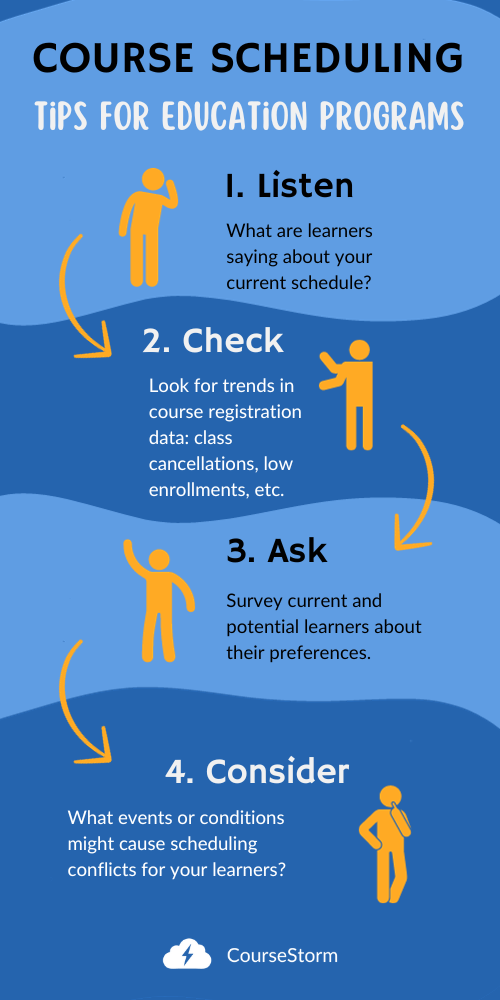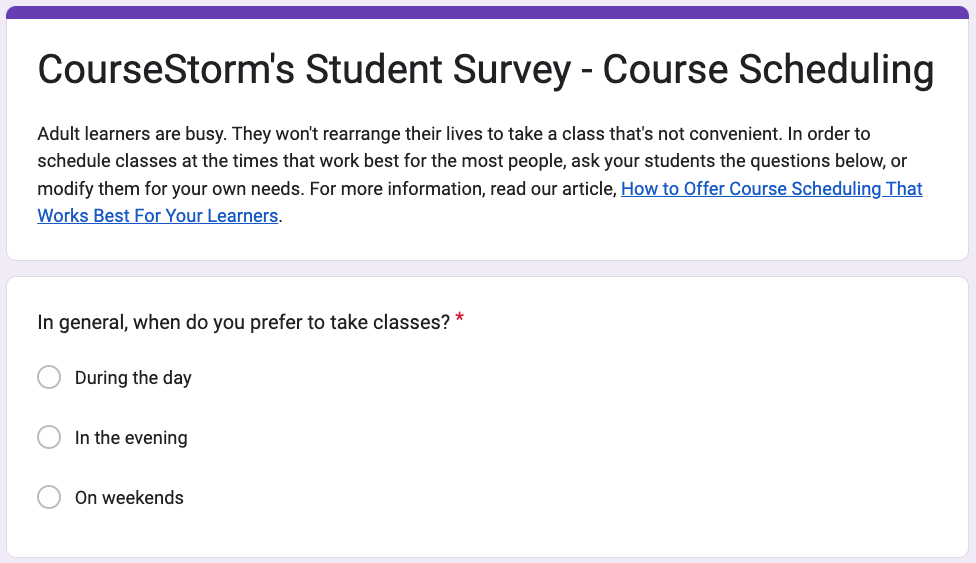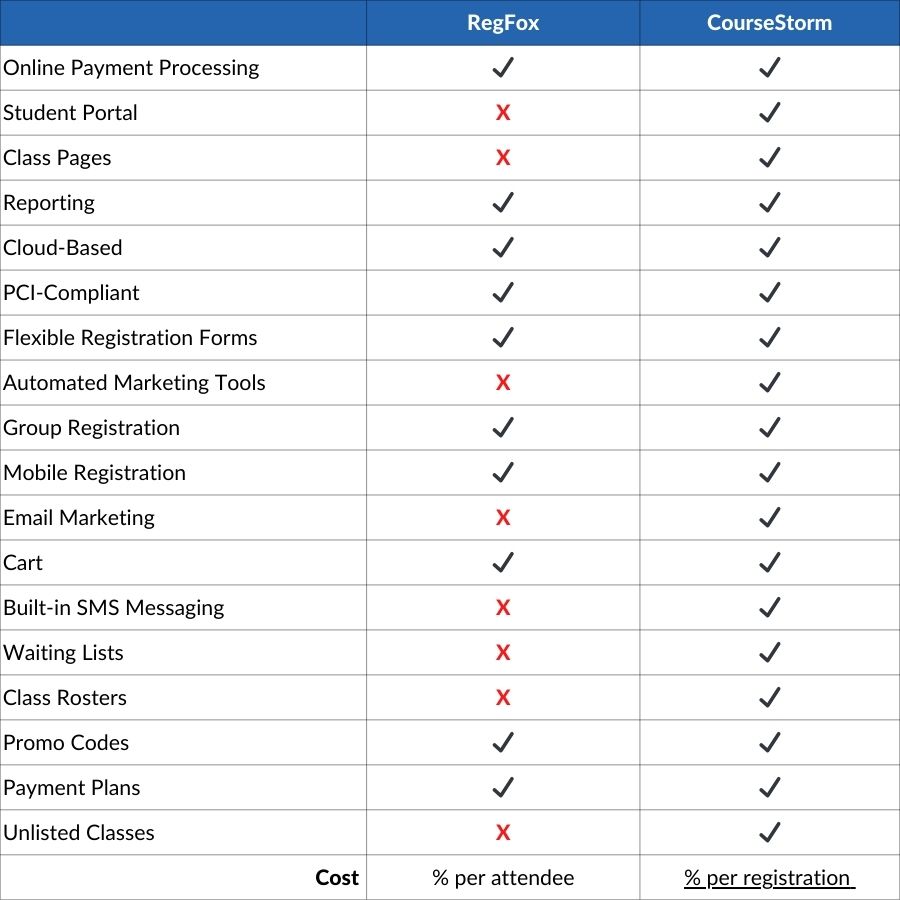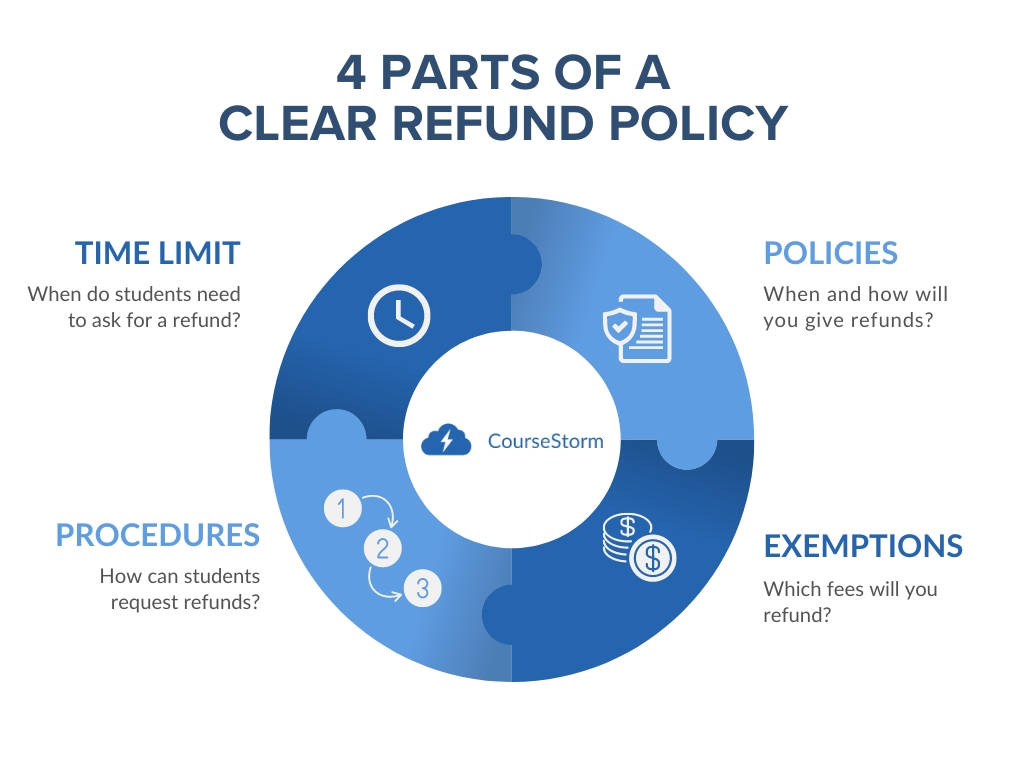How Much Does Registration Software Really Cost?
Leave a CommentIf you’re in the market for online registration software for your classes, camps, or workshops, price is probably a primary concern. Most community and arts education programs need to keep costs as low as possible. For non-profit organizations, the cost can be even more of a concern. Of course, price isn’t the only factor to consider when you’re assessing your options for class registration software.
Simply comparing the numbers doesn’t take into account factors like the time you save from having all the right features integrated. Sticker prices don’t show you how much your registrations will increase because of how easy this software is to use. You can’t measure time saved on a price comparison sheet.
Whether you are currently using course registration software or another method to register students, we’ll walk you through the questions you should ask to understand how much registration software is really worth.
Pricing of Common Class Registration Software Solutions
When it comes to class registration software, it can be hard to compare apples to apples. Some software providers charge a monthly fee. Others charge a per-registration fee. Some have hidden fees or add-ons you might not be aware of until set-up. Whatever their model, you can be pretty sure that they’ll pass credit card processing fees on to you. Some common fees include:
- Expected number of student registrations
- Expected total of payments processed
- Monthly fee
Depending on which system you choose, monthly fees may range from $0 to $8,500 per month. Per-registration fees may be a flat fee or a percentage between 2% and 6%. Many programs also charge a convenience fee of between $1.50 and $2.99 that you can choose to pass on to the student or cover yourself.
Remember to ask about set-up fees, additional admin fees, and any other costs that might pop up. Some providers charge for technical support beyond the first few hours. At CourseStorm we provide support at every level for all customers, regardless of pricing plan. Some software providers do not, however, so it’s smart to ask about it.
The Cost of Not Having Registration Software
With all of these costs to consider, you might wonder if it’s worth having registration software at all. That, at least, is easy to answer. Yes, the right class registration software is worth it for several reasons.
The right course registration software improves the student experience, saves your staff time, and can save you money.
First, because it improves the student experience. They can register and pay from their smartphone at any time of the day or night. No need to print and fill out forms, or wait on the mail to deliver their check to you.
Second, it saves your staff time. Registration software eliminates the needs for manual tracking of registrations and payments. A student’s registration and payment status are automatically linked in the system. You can also easily print reports and class rosters.
Third, it can save you money. Yes, you’ll pay for the software, but you’ll save on staff hours. Plus, the best registration software automates payment plans for big-ticket courses so payments come in on time month-after-month.
Finally, the best registration software maximizes your enrollments. For example, CourseStorm’s software includes built-in waiting lists, warns students when a class is in danger of cancellation, and offers group registrations. All of these features help you avoid cancellations and fill classes.
So the cost of not having registration software could be hundreds or thousands of dollars a year in lost enrollments and work hours.
How to Pick Registration Software That’s Worth the Cost
When you understand the value of registration software, choosing the right software becomes the more important question. You want software that is worth the cost you pay for it. Asking these questions will help you choose the software solution that offers the best return on investment for your program.
1. What is this software designed for?
This might seem like a silly question to start with, but it’s actually a vital one. Many education programs are using software that wasn’t built for them. They’ve picked a solution like Eventbrite, which is great for one-off events and ticketing, but just wasn’t designed to manage courses.
Using event software for course registration can cost you time and money.
Using event software for course registration can cost you time and money. Someone on your team will waste hours manually entering data and students may get frustrated. That’s a price no one wants to pay.
The best registration software for classes is designed specifically for class registration and payment so make sure you find software specifically built for those functions.
2. What features does it offer?
If you’re looking for course registration software, you want a tool that handles the full student registration system. It should help you with marketing your courses, collecting registrant data, and of course, processing payments.
Does your current software offer features that make the registration process simple for students? Features like:
- Student profiles
- Group registration
- Cart-based shopping
- Mobile-friendly registration
- Easy reporting
And don’t forget marketing features like:
- Customized registration forms
- Promo codes
- Built-in email marketing
- Abandoned order reminders
- Payment plans
- Enrollment warnings
- Waiting lists
Each of these features represents added value for your program. That means that registration software without these features is essentially leaving money on the table.
One program brought in $2,300 in registrations in 2 weeks by sending automated class recommendation emails to students.
For a concrete example, look at the value one program gained by sending automated class recommendation emails to students. In just two weeks, the program brought in $2,300 in registrations from class recommendation emails.
3. Does it integrate with other services you use?
Since no software can do it all, integrations can come in handy. Theaters and other arts organizations might want software that integrates with PatronManager. Non-profits might benefit from Little Green Light integration. CourseStorm integrates with both.
CourseStorm integrates with PatronManager and Little Green Light, as well as other tools you may already be using.
Consider if and how a software solution integrates with other tools you might be using. Does it seamlessly connect to your email marketing tools like MailChimp or Constant Contact. What about scheduling tools like Google Calendar or Apple Calendar?
Integrations like these can save you time, which ultimately saves you money. No more entering data multiple times. Integrations can also help you bring in more donations by rolling your student list into your donor list. When it’s time for your annual campaign or other fundraising push, you can easily include your students in your mailing list.
4. What is the registration experience like?
Ultimately, registration experience is the true measure of value for any registration software. Potential students may just decide not to register if the process is too challenging.
Before investing in new registration software, run a few trial scenarios and rate the difficulty of each one:
- Try to find a specific class in the course catalog
- Register for a class
- Register multiple family members for the same class
- Register using a mobile device
If you get frustrated while tackling these tasks, imagine how students might feel. Consider the registrations you might be missing from students who won’t stick with a challenging registration system.
5. How is their customer support?
Responsive customer support can save you time and frustration. If you have to wait two days to even get a response to a question you could be missing out on registrations. Worse, potential students might not wait for you to figure out your technology and may find another class from another provider.
Unfortunately, the quality of customer support can be hard to gauge before you start using a software solution. Some have great sales teams, but drop the ball when it comes to customer support. If you can, chat with some other programs that already use the software.
Ask them:
- What kinds of issues have you run into?
- How long does it take customer support to respond to you?
- What medium do you use to communicate with customer support?
- How do you feel about their support?
You can also take a look at the software’s help library. Do they offer clear guidance? Is it searchable? Remember, less time spent on technical issues is more time you can spend on directly serving your students.
6. Is your class registration solution easily scalable?
Some software providers charge fixed monthly fees in addition to per-transaction fees. If your registrations stay fairly consistent year-round, fixed monthly fees may not pose a problem.
On the other hand, if your program is like most, you probably have a busy season and a slow season. There may be months at a time when you’re running no classes at all. In that case, the fixed monthly fee starts to feel a lot more costly.
Fixed monthly fees and contracts can be costly for programs with a busy season and a slow season.
Additionally, some registration software solutions require a contract. You’re locked in for at least a year. If your program (or the market) experiences an unexpected change you might be stuck paying for a solution that no longer fits your needs.
Consider whether a fee-per-transaction model might make more sense for your program. That way, the software provider only gets paid when you do. It makes your program a lot easier to scale. Look for one that offers unlimited students, classes, and administrators. Your student registration software shouldn’t limit your program growth, it should support you through every stage.
So, How Much Does Class Registration Software Cost?
By now we hope you see that pricing is one thing, but cost is something else entirely. Budget-priced registration software can cost a lot more than you realize. It’s important to look beyond the sticker price to understand the value you’re getting for the money.
Testing is the best way to know whether a class registration software solution is right for your program. Start your free trial of CourseStorm today.




